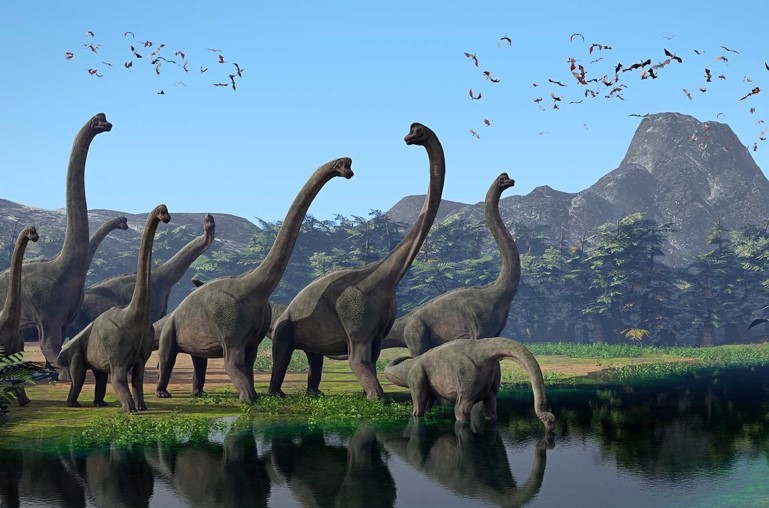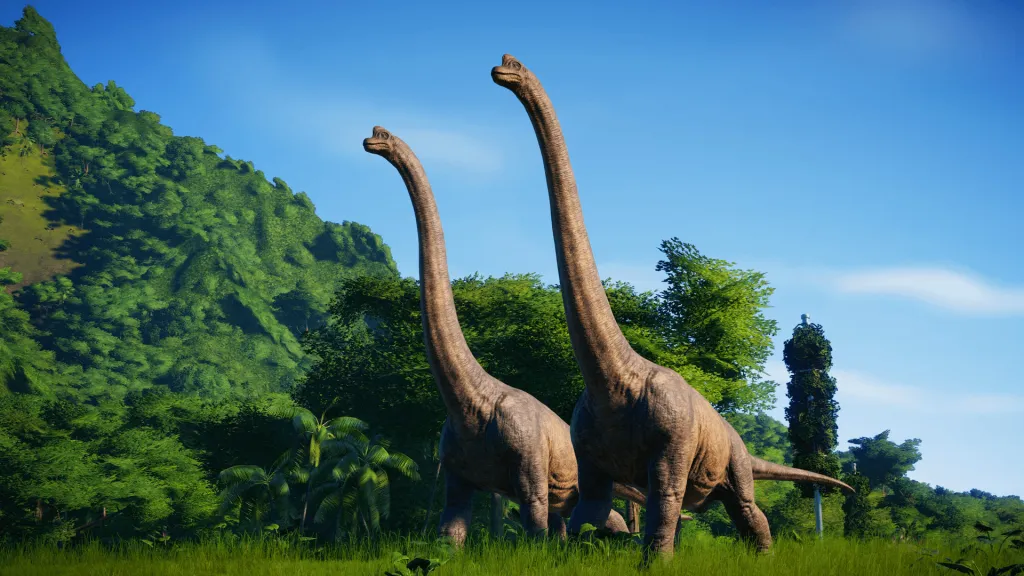Dinosaurs, the colossal reptiles that once ruled the Earth, have captured the imagination of people worldwide for centuries. With their towering bodies, massive size, and unique features, they continue to be a source of fascination for both paleontologists and the general public. One of the most iconic groups of dinosaurs are the long-necked, plant-eating giants, like the sauropods. But today, we may find ourselves asking: are there any long-necked dinosaurs still alive?
The Age of the Dinosaurs
Dinosaurs roamed the Earth for over 160 million years, spanning from the Triassic to the Cretaceous periods. Among the most famous and recognizable are the long-necked dinosaurs, or sauropods, including species like Brachiosaurus, Apatosaurus, Diplodocus, and Argentinosaurus. These dinosaurs were known for their impressive, long necks, which allowed them to reach tall vegetation and dominate the prehistoric landscapes.
However, the age of the dinosaurs came to an abrupt end about 66 million years ago, when a catastrophic event (likely an asteroid impact) triggered the mass extinction of non-avian dinosaurs. Since then, dinosaurs have not roamed the Earth—at least not in the form that we commonly envision them.
The Evolutionary Legacy: Birds
While it is true that non-avian dinosaurs are long extinct, the legacy of dinosaurs lives on in a very surprising form: birds. Birds are actually direct descendants of a group of small theropod dinosaurs, making them the only living relatives of the dinosaurs. This means that technically, birds are modern-day dinosaurs.
But can any birds today be classified as “long-necked dinosaurs”? In a sense, yes. Some bird species do have relatively long necks compared to their body size, though none possess the sheer length and scale of the sauropods that once roamed the Earth. Examples of modern long-necked birds include the crane, flamingo, emu, and ostrich. While these birds are indeed descendants of dinosaurs and share some characteristics with their prehistoric relatives, their necks, though long, are not on the scale of a true sauropod.

Are There Any True “Long-Necked Dinosaurs” Alive?
The short answer is no. There are no direct descendants of the long-necked, plant-eating sauropods alive today. The true long-necked dinosaurs that once roamed our planet have been extinct for millions of years. The mass extinction event that wiped out the non-avian dinosaurs, including the sauropods, also marked the end of their unique lineage.
In the present day, we see a world where the giant dinosaurs have been replaced by much smaller creatures. The closest living relatives, birds, still carry some of the features of their ancient ancestors, but none of them bear the same extreme neck length or size as the sauropods did.
Why Don’t We Have Long-Necked Dinosaurs Today?
Several factors contributed to the extinction of long-necked dinosaurs and their relatives. One of the primary reasons was the catastrophic environmental changes that occurred during the mass extinction event at the end of the Cretaceous period. This event drastically altered ecosystems, leading to the extinction of about 75% of all species, including most dinosaurs.
The world that emerged after this event was dramatically different from the one that had existed during the age of the dinosaurs. The climate shifted, vegetation changed, and the mammals that survived the extinction began to thrive. Over time, these mammals evolved into the diverse range of species we see today, with birds representing the only surviving link to the dinosaur lineage.

Conclusion: The Legacy of Long-Necked Dinosaurs
While there are no long-necked dinosaurs still alive today in the traditional sense, their legacy endures. Birds, the direct descendants of theropod dinosaurs, are the only surviving group with a direct connection to the ancient world of dinosaurs. Though modern long-necked birds may remind us of their distant dinosaur ancestors, they are quite different from the massive sauropods that once roamed the Earth.
In a way, every bird that soars above us carries a piece of the ancient dinosaur world, but the iconic long-necked giants of the Mesozoic Era will remain a thing of the past—an awe-inspiring chapter in Earth’s evolutionary history.



